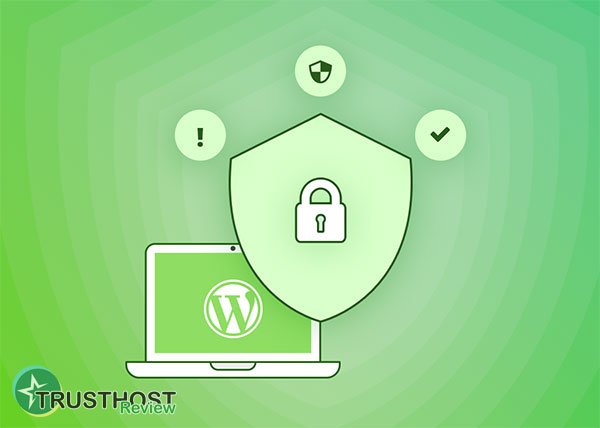Performance Tuning for Website Speed: Optimizing Server Settings
In today's, a fast-loading website is crucial for success. Performance tuning, the process of optimizing your website and its underlying infrastructure, plays a vital role in achieving optimal speed and efficiency. One critical aspect of performance tuning focuses on optimizing server settings and configurations.
Understanding the Impact of Server Settings on Website Speed
Your web server acts as the backbone of your website, responsible for handling client requests and delivering content. Inefficient server configurations can lead to slow loading times, high bounce rates, and ultimately, lost conversions.
Key Server Settings and Optimizations:
- Caching Configuration: Implementing effective caching mechanisms on your server can drastically reduce server load and speed up content delivery. By storing frequently accessed data in a cache, the server can quickly retrieve it without repeating resource-intensive operations.
- Content Delivery Network (CDN): Utilizing a CDN distributes your website's content across multiple servers worldwide. This allows users to access your site from the server closest to their location, reducing latency and improving loading times.
- Database Optimization: For websites that rely on databases, optimizing database queries, indexing, and connection pooling can significantly impact performance. Slow database operations can create bottlenecks that slow down your entire website.
- Gzip Compression: Enabling Gzip compression reduces the size of your website's files before sending them to the browser. This compression minimizes data transfer, leading to faster page loads.
- HTTP/2 Protocol: Upgrading to the HTTP/2 protocol allows for multiplexing, enabling simultaneous transfer of website assets. This enhancement reduces the number of round trips required to load a page, resulting in faster rendering.
Monitoring and Continuous Improvement
Performance tuning is an ongoing process. Regular monitoring of your server's performance using tools like Google Analytics and web server logs can help you identify areas for improvement.
By focusing on server optimization as part of your performance tuning strategy, you can enhance user experience, improve search engine rankings, and drive better business outcomes.
















